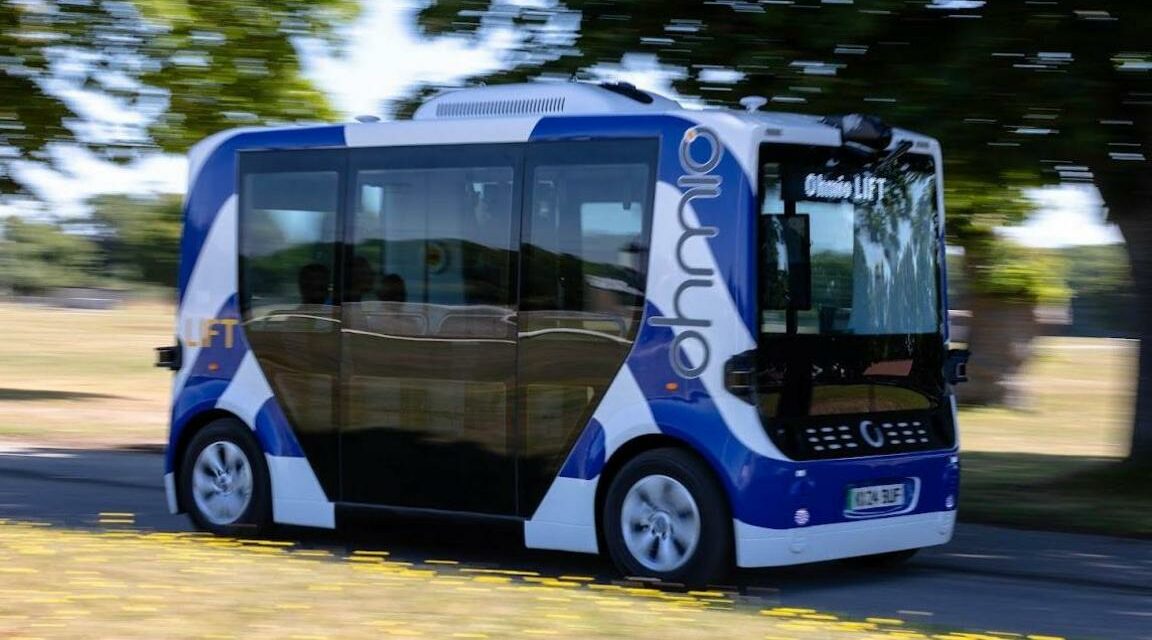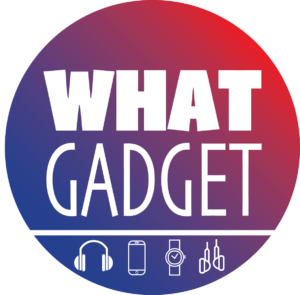Transport has become increasingly inclusive in recent years, with modern innovations helping more people with mobility challenges enjoy greater independence. One area seeing notable development is the wheelchair accessible vehicle (WAV) market. From upgraded physical controls to intelligent safety and monitoring systems, the latest vehicle adaptations are making daily travel simpler and more comfortable for both users and carers.
Whether commuting to work, attending medical appointments, or visiting family and friends, an accessible vehicle fitted with adaptive technology can transform a person’s ability to participate in everyday life. Specialist dealers continue to support this shift by offering tailored options that meet different physical needs and travel demands.
Adaptive Features in Used WAVS
Many second-hand WAVs available today feature advanced technologies once only found in brand-new models. These include powered ramps, electric lifts, and automated entry systems that respond to remote controls. This functionality enables users to prepare the vehicle independently before entering or exiting, reducing reliance on support from others.
Buyers can find a wide selection of models with these enhancements by exploring listings for used WAVS vehicles. These platforms make it easier to compare vehicles and select one that aligns with individual needs, such as entry method, driving controls, or seating layout.
Popular models like the Ford Tourneo Connect and Volkswagen Caddy often include systems that can be customised to meet different physical requirements. From single-passenger cars to larger vans with multiple access points, the range is growing and evolving.
Integrating Smart Technology into Everyday Mobility
Today’s used WAVs increasingly incorporate features that support flexible mobility and promote independence. Vehicles equipped with digital control systems allow users to operate doors, ramps, and lifts using a single control interface. These systems are particularly helpful for people with limited hand mobility or those who require hands-free solutions.
Smart sensors are frequently installed in entry ramps and lift platforms. These detect obstructions and automatically stop movement to prevent accidents. As a result, users and carers benefit from increased peace of mind when entering or leaving the vehicle.
The same principle applies to smart wheelchair securing systems. Rather than relying entirely on manual tie-downs, newer models feature electronic docking that confirms the wheelchair is properly locked in place. These systems often use lights or audio signals to verify secure attachment, allowing for quicker checks before travel.
Digital Connectivity Enhancing Safety and Comfort
While Bluetooth and Wi-Fi are still not standard across most used WAVs, the focus remains on essential digital features that improve reliability and safety. For example, some vehicles use electronic alerts to notify the user if a door is open, a ramp is misaligned, or maintenance is due. This kind of feedback can help prevent minor issues from becoming bigger problems and supports a more confident driving experience.
Advanced camera systems are increasingly fitted to used WAVs, offering better visibility for both drivers and passengers. Rear and side-view cameras make manoeuvring and parking safer, especially when considering the extra space needed for ramps or side lifts. These systems often display real-time images on dashboard screens, eliminating blind spots.
Additional safety is provided by integrated collision avoidance tools. These systems monitor the environment around the vehicle and trigger alerts or gentle braking if an object is detected nearby. They are particularly useful in urban areas with tight spaces or when reversing.
Custom Driver Controls and Navigation Assistance
Driving controls in accessible vehicles have come a long way. Today’s adapted systems cater to a wide spectrum of needs. Some allow for hand-controlled acceleration and braking, while others use joysticks or head-operated controls for users with more complex requirements. Specialists for each individual user can often modify these systems.
Technology has also improved navigation features. Some WAVs now include satnav systems programmed to identify wheelchair-friendly routes. These can highlight roads with step-free access, wider pavements, and suitable parking. Such tools are especially helpful in unfamiliar areas or for longer journeys.
Parking assistance is another feature proving its value. Sensors and software allow the vehicle to account for the extra space needed for ramps or tail lifts. This function helps drivers position the car correctly without needing multiple attempts or risking damage.
Electric and Hybrid Accessible Vehicles Gaining Ground
Eco-conscious buyers are increasingly considering electric WAVs. More second-hand electric models are appearing on the market, combining lower emissions with practical accessibility features. These vehicles tend to offer lower running costs over time thanks to reduced fuel use and fewer mechanical parts requiring maintenance.
However, it’s essential to plan ahead when choosing an electric WAV. Some public charging stations may not offer step-free access or enough room for a ramp to deploy safely. Verifying accessibility at charging points before travel is a sensible step.
Range capabilities in electric WAVs are steadily improving. Many can now cover the daily distance required for school runs, shopping, or work without the need for mid-day charging. While the initial purchase cost can still be high, long-term savings in running costs often make them a worthwhile investment.
What the Future Holds for Accessible Transport
The next generation of WAVs is likely to focus on flexibility and personalisation. Modularity in vehicle design is becoming more common, allowing features to be added, removed, or reconfigured based on changing user needs. This development means the same vehicle could serve different people throughout its life with only minimal adjustments.
Although autonomous driving remains a long-term goal for the accessibility sector, most current innovations concentrate on practical adaptations. These include better ergonomic layouts, improved materials for easy cleaning, and lighter equipment for easier operation.
The collaboration between engineers, mobility specialists, and accessibility advocates ensures that new technologies being introduced into the market have real value for users. Innovations are driven by genuine needs rather than trends, which means that improvements tend to focus on independence, comfort, and safety.
Smarter Transport Means Greater Freedom
Accessible transport is no longer a one-size-fits-all solution. The growing variety of used WAVs, combined with significant improvements in assistive technology, allows users to find a vehicle that meets their exact needs. With smart features, safety systems, and digital tools becoming more common, daily journeys are now more secure and convenient.










Recent Comments